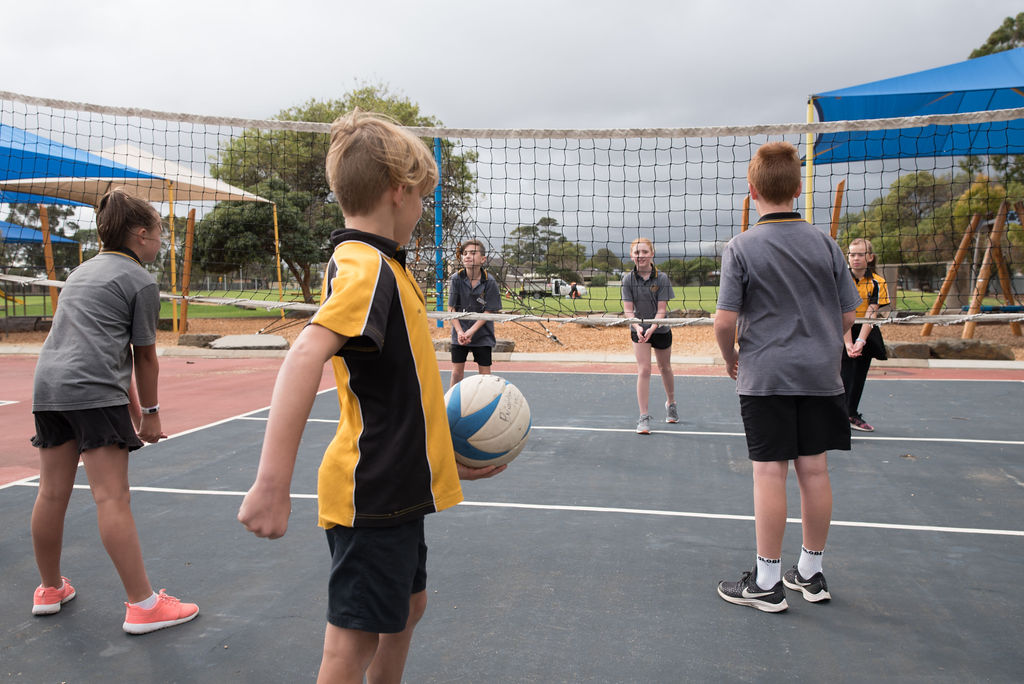In Health and Physical Education, students develop the skills, knowledge, and understanding to strengthen their sense of self, and build and manage satisfying, respectful relationships. They learn to build on personal and community strengths and assets to enhance safety and wellbeing. They critique and challenge assumptions and stereotypes. Students learn to navigate a range of health-related sources, services and organisations.
At the core of Health and Physical Education is the acquisition of movement skills and concepts to enable students to participate in a range of physical activities – confidently, competently and creatively. As a foundation for lifelong physical activity participation and enhanced performance, students acquire an understanding of how the body moves and develop positive attitudes towards physical activity participation. They develop an appreciation of the significance of physical activity, outdoor recreation and sport in Australian society and globally. Movement is a powerful medium for learning, through which students can practise and refine personal, behavioural, social and cognitive skills.

Health and Physical Education provides students with an experiential curriculum that is contemporary, relevant, challenging and physically active.
Objectives:
- Lessons are based on knowledge that there are different levels of ability with fundamental movement skills from class to class and year level to year level.
- Providing opportunities for students to participate in a range of skill- based activities.
- Lessons are based on;
- Coordination & Agility activities,
- Movement challenges and games
- Creating opportunities for students to work with a partner, in small groups, modified teams and as a whole class
Foundation to year 4 students perform movement sequences with consistency and control and demonstrate cooperation, effort and practice in physical activity. Students demonstrate proficiency in the fundamental movement skills of static balance, sprint run, vertical jump, catch, hop, side gallop, skip and overarm throw through practice and application in different games and sports.
Year 5, 6 and 7 students understand the elements of movement and compose and perform movement sequences with control and coordination in various contexts. Students demonstrate teamwork, tactics and strategies when participating in team games. They demonstrate proficiency in the fundamental movement skills of leap, kick, two- handed strike and dodge and apply them in a range of challenging physical activity contexts. Students participate in a range of moderate to vigorous physical activities and apply movement skills with increased confidence and precision.
Lessons include modified sports, strategy games and specialised sport activities. Examples of strategy games include: Capture the flag, Gates, Raiders, Buroinjin, Risk it Cricket etc. Examples of modified games include: Tag Rugby, Modified Netball, AFL 9s, and Speedball etc. Examples of specialised sports include: Lacrosse, Korfball, Athletics, Rugby, Orienteering etc.
